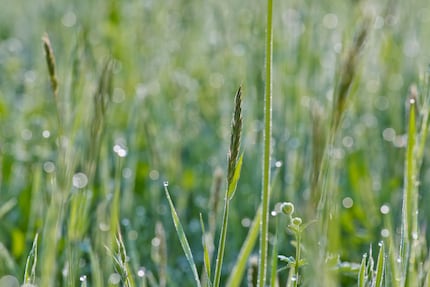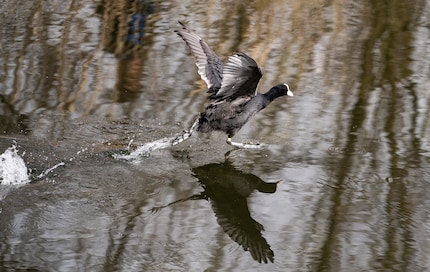
Guide
Exposure triangle: the relationship between shutter speed, aperture and ISO
by David Lee

Almost all cameras offer the four exposure programmes P, S, A and M. Here is an introduction to which programme is suitable for what.
If you are a beginner photographer, you are probably using the fully automatic mode because you don't really know which exposure programme to choose. However, fully automatic mode restricts you unnecessarily. Especially if the internal flash also switches on without being asked. Use the four exposure programmes instead. Here are a few simple rules of thumb.
Aperture and shutter speed are determined automatically. However, you can control the weighting: You decide whether the camera should select a fast shutter speed and an open aperture or a slower shutter speed and a smaller aperture. Programme automatic is more flexible than fully automatic because you can (but don't have to) set the flash, ISO and other things manually.
Application: This mode is ideal when the situation is constantly changing and you have little time to adjust. Example: Sightseeing in a group.

You select the aperture, the camera adjusts the shutter speed. With Canon, the mode is not called A, but Av, for Aperture value.
Application: Like programme automatic, aperture priority is also suitable for changing situations. But you need a little more time. In return, you have more precise control over the depth of field: open aperture means shallow depth of field. Another application is portraits: here you can force an open aperture with the A mode. A mode is also suitable for macros because it is often very important that the depth of field is just right.

You select the shutter speed, the camera adjusts the aperture. This mode is also called differently on Canon than on the rest: Tv is the abbreviation for Time value.
Application: For sports, action and animal photography, you usually need to force a more or less short exposure time to get the subject in focus. S mode is suitable for this. When capturing motion blur, you can use S mode to precisely control the degree of blur: a waterfall looks different depending on whether it was exposed at 1/8 second or 1/4 second.

You select the aperture and shutter speed manually.
Application: Suitable for situations with constant light, for example in the studio. In addition, all situations where the automatic mode has difficulties, for example with night shots. In changing light, manual is the right choice if you want to show the differences in brightness. The automatic mode then throws a spanner in the works because it compensates for this.

My interest in IT and writing landed me in tech journalism early on (2000). I want to know how we can use technology without being used. Outside of the office, I’m a keen musician who makes up for lacking talent with excessive enthusiasm.
Practical solutions for everyday problems with technology, household hacks and much more.
Show all